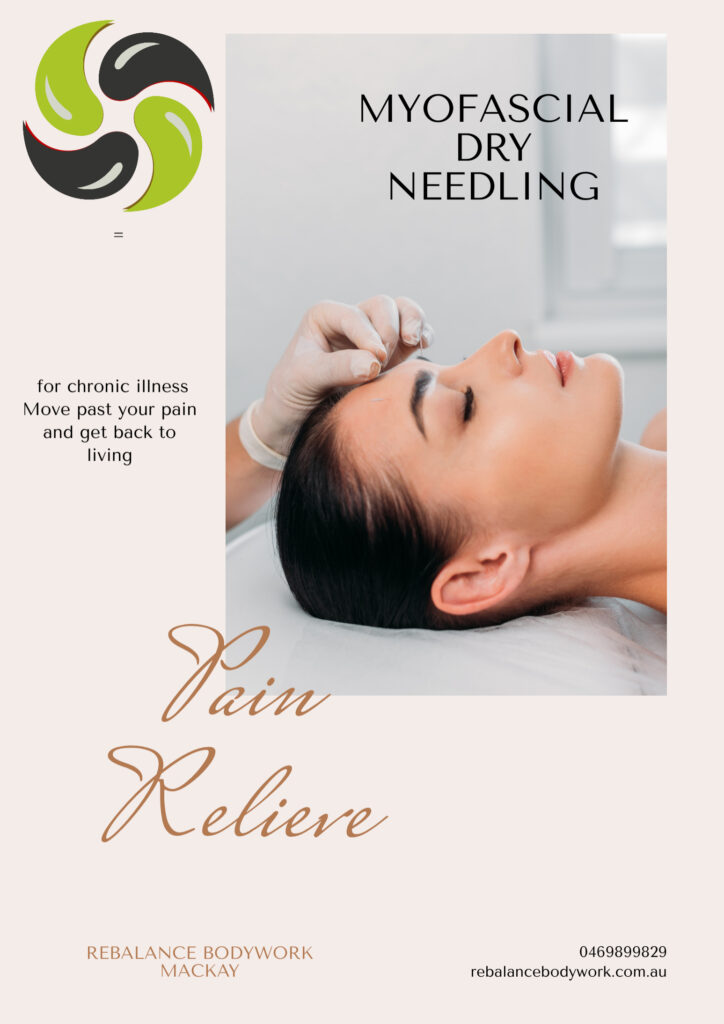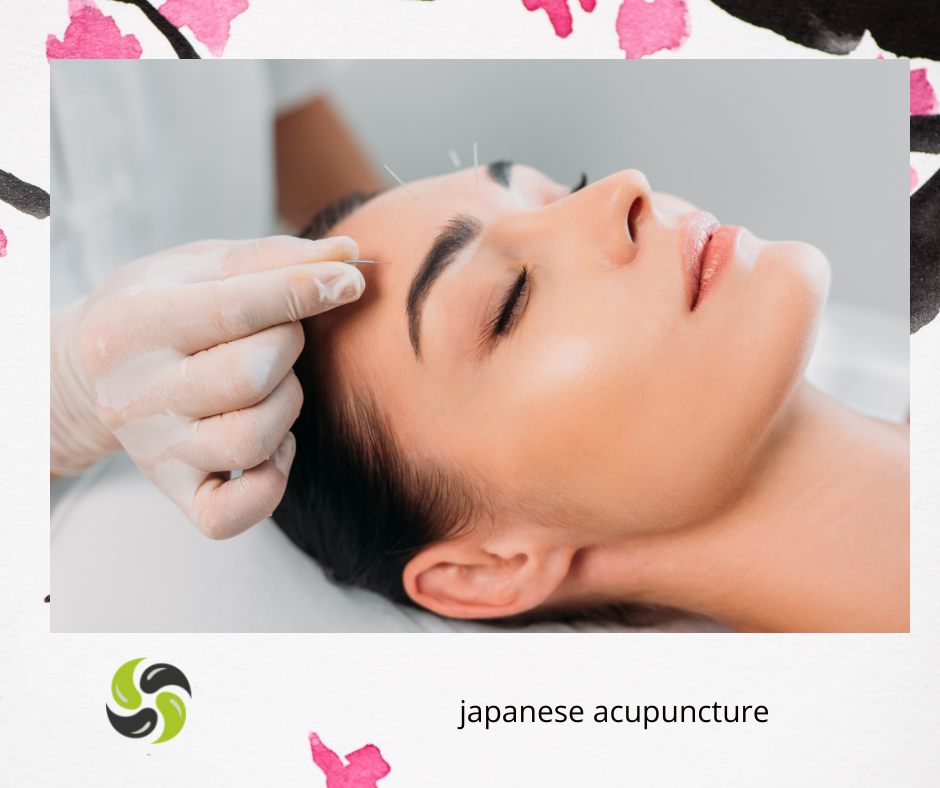Dry needling involves the insertion of thin needles into trigger points in the muscle tissue to relieve pain and tension. The goal of dry needling is to promote healing and improve muscle function by stimulating the body’s natural healing mechanisms.
You may feel a brief moment of discomfort when the needle is inserted, but the procedure is generally well-tolerated and is not typically painful. Some people report feeling sore or achy for a few hours after the treatment, but this is usually temporary.
The number of treatments required will depend on the severity and duration of your symptoms. Some people may experience immediate relief after one session, while others may require several treatments to see significant improvement.
It is important to note that dry needling is not appropriate for everyone, and there are certain conditions, such as bleeding disorders or allergies to needles, that may make this treatment unsafe. Before undergoing dry needling, it is important to consult with a qualified healthcare professional to determine if it is right for you.

Understanding the Risks of Dry Needling: What You Need to Know
When considering any medical procedure, it’s crucial to be well-informed about the potential risks and side effects. Dry needling is no exception. While it is generally considered a safe and effective treatment for various musculoskeletal conditions, it’s essential to understand the potential side effects associated with this therapy.
Here are some of the side effects that can be linked to dry needling:
1. Soreness: It’s not uncommon to experience mild soreness during or after the dry needling procedure. This sensation is often described as similar to post-exercise muscle soreness and is typically short-lived.
2. Bleeding: Some patients may notice minor bleeding at the sites where the needles were inserted. However, this bleeding is usually minimal and poses no significant health risk.
3. Fainting: In rare cases, individuals may experience vasovagal syncope, commonly known as fainting, as a reaction to the procedure. This typically occurs due to a specific physiological response and is not a common side effect.
4. Fatigue: Following a dry needling session, you might feel temporarily fatigued. This is often due to the release of endorphins during the treatment.
5. Skin Bruising: Bruising at the needle insertion sites can occur, but it is usually mild and resolves on its own within a few days.
It’s important to note that these side effects are generally minor and short-lived, causing little to no distress to patients undergoing dry needling. The soreness and minor discomfort experienced are typically part of the body’s natural healing response.
One more crucial consideration is the risk of infection. To mitigate this risk, healthcare professionals who practice dry needling should strictly adhere to sterile techniques and use clean, disposable needles. Infection risk is significantly reduced when working with licensed and trained practitioners who follow safety protocols diligently.
Dry needling, when administered by skilled professionals with proper training and sterile equipment, is generally considered a safe and effective therapeutic option for musculoskeletal issues. If you’re considering dry needling as a treatment, make sure to discuss any concerns or questions with your healthcare provider, ensuring a safe and comfortable experience.


